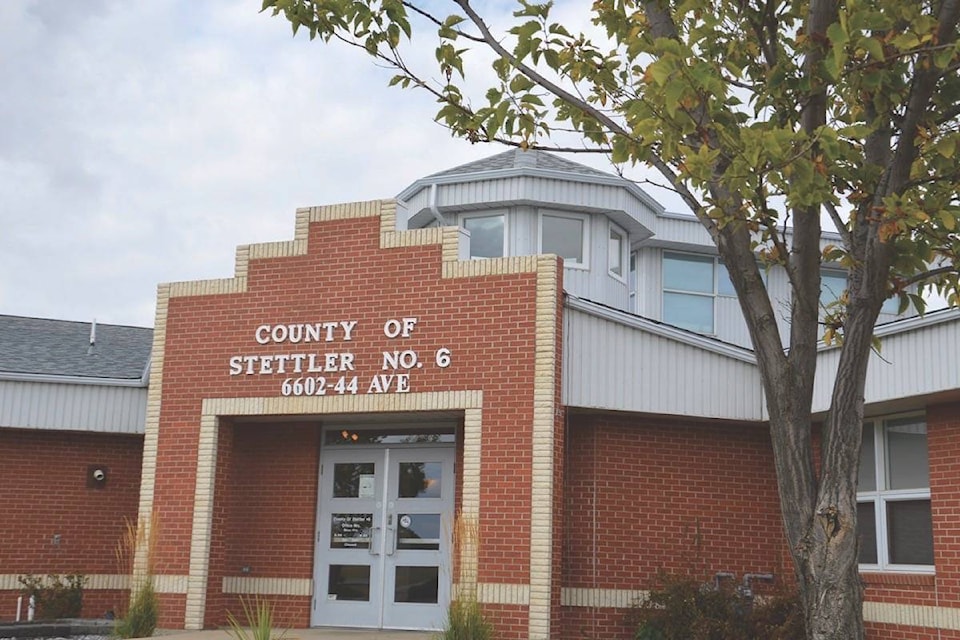By Jessica Jones
For the Independent
The County of Stettler is in the process of developing a water sampling plan after Health Canada has lowered the acceptable limits of lead in drinking water.
While lead pipes have not been installed in any of the County’s water connect systems or distributions pipes, the County is making homeowners aware of the potential health risks of lead from their own homes leaching into drinking water.
According to a Health Canada report on Lead in Drinking Water, lead is found in drinking water as a result of leaching from distribution and plumbing systems.
The report states, “Lead has been used extensively in service lines, solders and fittings, making its presence in drinking water more likely in older homes and neighbourhoods.”
“It’s never a bad thing to be aware of potential health risks and have information readily available on how to mitigate the risks,” Reece Stefanik, Utilities Foreman for the County of Stetter Environmental Services Department, said.
He noted that before the recent changes the maximum acceptable concentration (MAC) of lead in drinking water, set in 1992, was 0.01 mg/L. It has recently been revised to a limit of 0.005 mg/L.
“For this reason it is important that all homeowners be aware of the possibility that some plumbing components may leach lead into the drinking water of their home, and have the information on what they can do to mitigate their exposure to lead,” Stefanik said.
According to the County, “Alberta Environment has mandated that beginning of May 2020, all municipalities must collect water samples in areas of the County that are believed to have the potential for lead in water, to determine if it exceeds Health Canada guidelines.”
Stefanik says the County service lines are made of plastic and copper, which contain no lead and poses no risk.
“Previously lead samples were taken annually in all of our water distribution systems and have shown that lead levels are well below the MAC limit,” he said.
The County advises that homeowners should filter their water before consuming and cooking with it if a home is determined having higher levels of lead in their drinking water.
The County will begin collecting water samples on May 1st and will complete tests on Sept. 30th.
Samples will be taken from the following areas:
Byemoor and Endiang Waterworks System — two samples from Endiang, four samples from rural Endiang, four samples from Byemoor, and four samples from rural Byemoor.
Stettler Rural North Waterworks System — five samples from Erskine and five samples from rural services.
Stettler Rural Central Waterworks System — five samples from Gadsby Co-op, five samples from central rural area, and 10 samples from Botha.
Ten samples will be taken from the Village of Donalda, two from Gadsby, two from Buffalo Sands, and two from Buffalo View Estates.
Repetitive Calls to Alberta Environment to determine what would happen if potential results were found in County homes, went unreturned before press deadline.
For more information, contact the County of Stettler Utilities Department at 403-742-4441.
